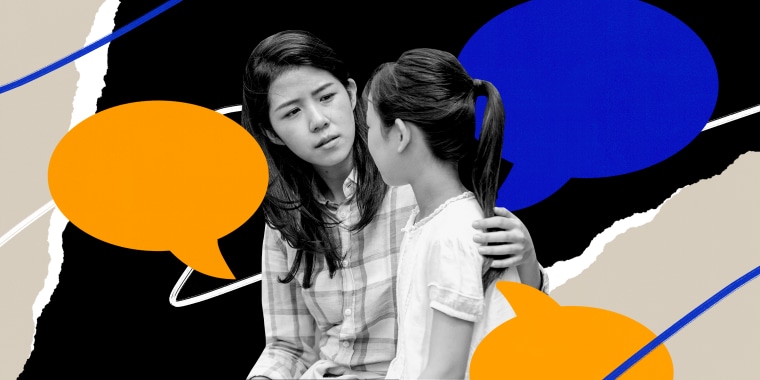During Asian Pacific American Heritage Month, TODAY is sharing the community’s history, pain, joy and what’s next for the AAPI movement. We will be publishing personal essays, stories, videos and specials throughout the entire month of May.
When Nathalie Pham was growing up, her parents were “pretty silent” about the realities of anti-Asian racism — despite its undeniable presence in their lives. Her father faced so much harassment over his Vietnamese name ‘Dung’ at work that he wanted to change it. Still, she recalls that the reigning code was “just to kind of keep your head down, with a heavy emphasis on assimilation.”
So, a few decades later, Pham has found herself in personally uncharted territory: how to discuss being Asian in America with her 3-year-old son.
Pham isn't alone in this experience. For many Asian Americans parents, especially those who are children of immigrants, the prevailing advice throughout their lives has been to shoulder through racism stoically. Many cite the “Model Minority Myth” — the idea that, rather than being affected by racism like normal human beings, Asians should simply triumph over it through hard work.
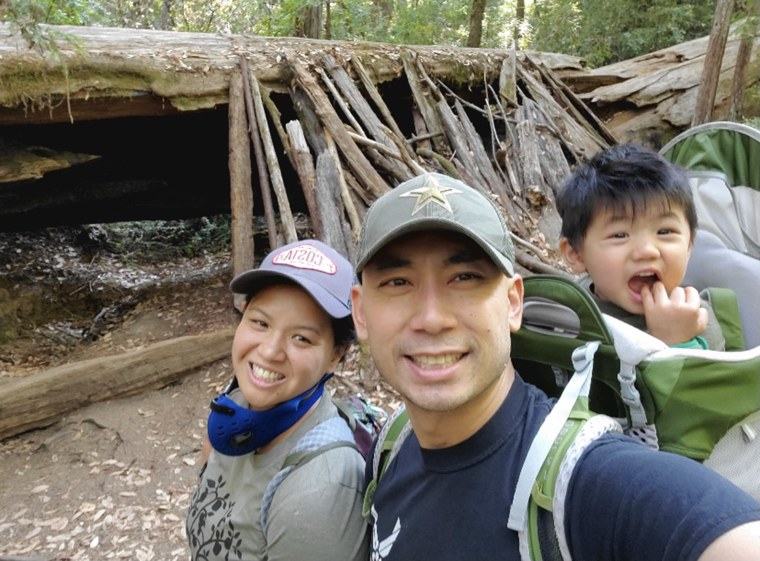
But in the wake of the nationwide reckoning that followed the death of George Floyd, along with the spike in anti-Asian hate crimes over the past year, many families are starting to resist long-standing cultures of silence and have honest conversations about racism for the first time. There's even a new organization called the Parenting Asian America Project that is sharing resources about how to raise safe, socially conscious Asian American kids.
Several parents across the country opened up with TODAY Parents about their experiences with these challenging but important conversations.
Testing the conversational waters
Depending on a child’s age, discussions about racism might require an explanation of what race, ethnicity and culture even are in the first place.
While it may have intensified this year, anti-Asian violence — both physical and ideological — has affected Asian Americans throughout history, from the Chinese Exclusion Act of 1882 to the rise in Islamophobia after 9/11.
“There are so many examples of institutionalized racism,” said Joanna Ho, author of the children’s book “Eyes That Kiss in the Corners.” “There’s no way you can shield (kids) from the water that we swim in.”
With her own 4- and 6-year-olds — who are both half Chinese — Ho has been highly intentional about the media she’s introduced them to ever since they were born. Her own career as an author revolves around telling stories of self-love for Asian kids.
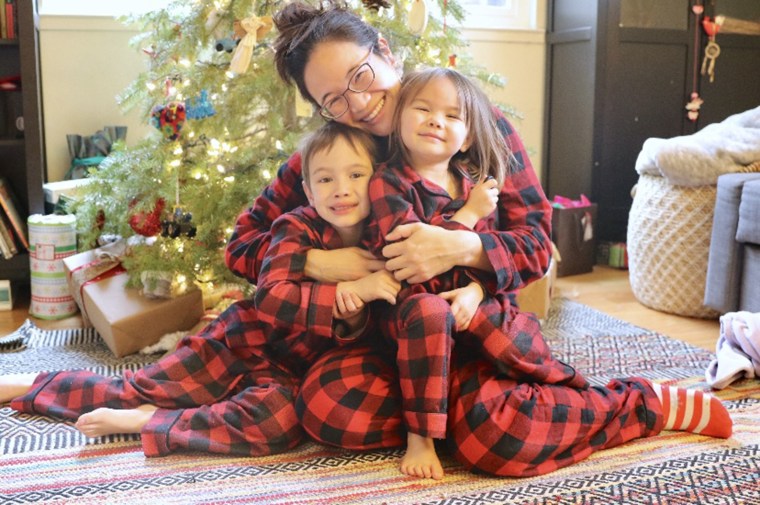
Pham, too, began discussing racism with her son Lucas prior to the attacks on Asian elders. During the summer of 2020, his day care was located in downtown Sacramento, where protests for Black Lives Matter frequently took place. Despite the peacefulness of the demonstrations, Pham said, the day care sometimes ended early due to the number of people and police around.
“We’ve had to explain some of the situations to him, just because he's not sure why we're (at school) early,” said Pham, a toxicologist. “So it actually gave us a lot of space and time to kind of share with him what was going on.”
For some with older children, the explaining began even earlier. Eun Kim, a former writer for TODAY based in the Washington, D.C., area, recalled explaining the shooting of 17-year-old Trayvon Martin to her two now-teenaged, half-Korean sons — and imploring them to consider what they’d do in a situation where one of their Black friends was endangered by the police.
“In my family, we stressed the idea that it’s not just about Asians,” Kim said. “It’s about anybody who may be perceived as different.”
How parents have approached the talks
Discussions of racism — and anti-Asian racism in particular — look different for different families. Stephen Chan is the father of a 4-year-old daughter and 2-year-old son, both full Chinese. While he and his husband believe that their kids are too young to learn about racial biases just yet, they want to lay a strong foundation for when they broach the topic later.
To do so, the couple is focusing on cultivating a pride for Chinese heritage. In addition to traditions like eating mooncakes and celebrating Lunar New Year, they’ve relied heavily on books — especially books that illuminate cultural holidays and feature protagonists that Chinese children can see themselves in — as well as family history.
“It’s grounding our kids in a cultural context — and in an understanding that they have those assets, that they have that cultural wealth,” Chan, vice president of the Boston Foundation, told TODAY. “We're talking about how we think about valuing other people — valuing your own cultural grounding — so that inevitably, when you do notice, ‘Hey, you’re different,’ it's grounded in something really positive.”
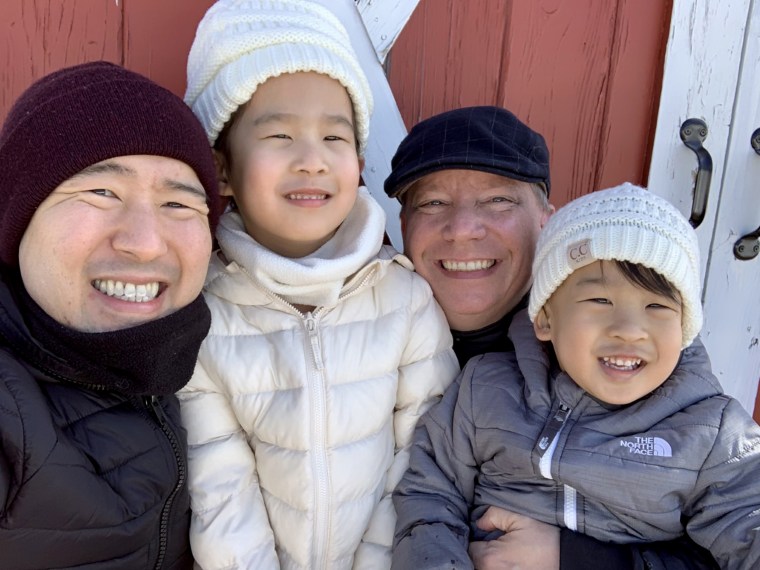
Aside from cultural education, Chan has discussed the basic concept of race with his 4-year-old daughter — even if he hasn’t explained how that concept operates in the world. On a purely physical level, it’s impossible for a kid to ignore that one parent, Chan, is Chinese, while the other is white.
Without fail, Chan is struck by the fact that his daughter never reacts negatively: to her, race is just another factual observation. During these early stages of conversation, it’s been about “noticing difference,” said Chan, “and really reinforcing what’s common, human to human.”
Pham said that her 3-year-old son Lucas similarly “understands ‘different,’ but doesn’t actually understand different as being unequal, or different as being different challenges.” At his current age, Pham’s goal is to teach him that while his friends may be different from him — racially, socioeconomically and family-wise — everyone “deserves to be treated nicely and kindly.”
Rather than articulating racial issues through the lens of "injustice," which Lucas doesn’t understand yet, Pham has used the idea of "unfairness" to communicate what’s happening to Asian elders.
“We tell him somebody like his ông ngoại (grandpa) or his bà nội (grandma) might be getting hurt out there. But we would make sure that he's safe, and his ông ngoại and bà nội are safe, and to make sure that other people’s ông ngoại or bà nội will be safe, too,” Pham explained. Lucas has a hard time grasping that these events are directly related to him and his community, but as new parents, Pham said that she and her husband just “have to keep reframing the conversation to see how it'll land.”
With her 4- and 6-year-olds, author Ho has decided to make the realities of racism even clearer. When her family is watching a movie, for instance, she’ll point out that everyone in the movie is white, or that there are no Asian people. "Is everyone in the world white?" she'll ask her kids.
After the Atlanta spa shootings, she explained to her children that “somebody went in and killed a lot of people who are Asian, and that’s why we’re going to this rally, or these protests. Our lives are important.”
Ho said these heavy discussions don’t foster a sense of hopelessness. Instead, they help her kids recognize their own power to change the status quo.
“They process it as, ‘This is really unfair, and that’s not OK. No thanks,’” said Ho, who lives in the San Francisco Bay Area. “And I think they take it as, ‘Well, when I grow up, I’m going to do X, Y and Z to make sure that never happens again.’”
- Watch TODAY All Day! Get the best news, information and inspiration from TODAY, all day long.
- Sign up for the weekly TODAY Parents Newsletter!
Bridging generational differences
The Asian American parents who spoke with TODAY all have this in common: Their own parents rarely talked about anti-Asian racism. Kim said that her parents, who are Korean immigrants, had to shoulder the pressures of both assimilating into America and making ends meet. Discrimination wasn’t high up on their list of concerns.
If Kim experienced an act of racism, she often didn't tell her parents because she “already knew that their response would be to assure me that I was better than that,” she explained. “Their tendency — and you might see this in a certain age group — is to shake it off. Now, you’re seeing a lot of people who are tired of shaking it off, who had to swallow a lot of the experience and tamp down the hurt and anger.”
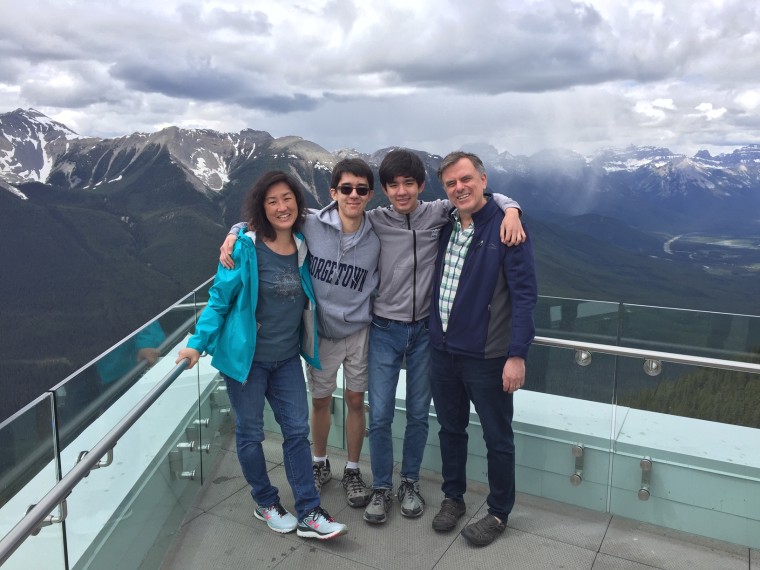
In elementary school, Chan would relay instances of racialized homophobia to his parents — and, like Kim’s parents, they generally advised him to rise above it.
“You need to ignore it. Those people are stupid,” he said, echoing their mantras. “This is very much their own experiences, what they did. Just be the best, push through it. Very individualistic. The only way to get past it is to be exceptional.”
Chan noted that while this mindset is deeply entrenched in many Asian Americans, the awfulness of the present moment might be forcing them to reconsider it, even in older generations. Just a few weeks ago, Chan’s dad — who typically never mentions race — mentioned how much he hates white supremacy, and how glad he is to live in a racially diverse neighborhood. Chan was pleasantly shocked to hear this.
"There's a kind of different playbook here. You know, this isn't 'Put on the armor, be the best,' because that's what's going to employ you," he said. "We're stronger when we can forge connections and cross lines, which is something they didn't raise me to think about."
Related:
